The writer/editor relationship is one of trust. We trust that when we allow ourselves to freefall into waiting editorial arms, the support and structure we need will be there. They trust that what comes barreling onto them out of the sky won’t be a load of bird poop.
But there’s another kind of trust that must be part of the equation, and it might be a bit harder to come by.
As writers, we have to learn to take criticism. Criticism is like vegetables — you may not like it, but you have to eat it or your organs shrivel up. Or something. We fear what Rita Williams-Garcia calls the “Righteous Manuscript,” the prose so precious and perfect it can’t be exposed to the corrupting oxygen of real world feedback, and so molders in a drawer. We learn how to be in critique groups without fainting from the butthurt. We learn to adjust and adapt.
And it’s freeing to get rid of the risen hackles, to look back on our rebellious writer-youth and smile condescendingly.
But we can also get too used to criticism, and sometimes, you just have to trust yourself.
I started out as a playwright. Plays are not like novels. Novels might get bounced off the critique group or the writing class or the bachelorette party along the way, but by the end of the process, they usually only have two brains looking at them and jiggling them around. Plays acquire brains as they go. It’s never very clear when they’re done or where they’re going or who changed that line and where are they so I can stab their eyes out.
The playwriting/producing process is great at making you examine your creative choices quickly and decisively. Plays are in your face. No hiding or ignoring the bits that make you cringe. Regret using the word “rhinoceroserian” in Act II? Too bad you have to hear an actor belt it out, a director tweak the emphasis, and someone’s busybody mom bitch about it every day for weeks.
And remember all those brains you picked up along the way? Take the back and forth that happens between a writer and an editor, and throw like twenty other people into the mix. People who have their own vision of your play. People who decide what it looks and sounds like, people who worry about the logistics of set pieces and sight lines and whether Greg has enough time to change his pants before his next entrance. All those people need to be happily spinning cogs in order for The Greater Thing to function.
So playwriting also teaches you to choose your battles, and, in doing so, to trust yourself when it matters. A few years ago, my writing partner and I were commissioned to do a stage adaptation of Victor Hugo’s The Man Who Laughs, which is not actually as hilarious a novel as you’d think. The theater company had a respectable budget, but choices had to be made, and in the midst of the period costumes, hand-made puppets, visual effects, and pit orchestra, I had written a gibbet.
A gibbet that appears for all of two minutes. Maybe. At the beginning of a three-hour show. In the dark.
OK, so technically it was Victor Hugo who had written a gibbet. But he’d written 800 pages of The Man Who Laughs, and I had no qualms about axing a lot of it. (Srsly. We know the duchess’s bedroom has nice things in it. Stop describing them. Nobody cares.)
The thing is, even though this gibbet had less stage time than pretty much everything else in the show, I didn’t want it to be a victim of production penny-pinching. It was important. The main character, a child, is mutilated and abandoned in the middle of the night, left to trudge barefoot through the snow toward certain doom. The first vestige of humanity he finds is the gibbet, whose occupant’s tootsies are so decayed his shoes have slipped off and are lying on the ground below. And the main character is so terrified, he can’t bring himself to take the shoes, even though his own feet are frozen.
How important did I consider this visual element? Put it this way — a photo of me is literally the first Google image result for “the man who laughs gibbet.” Go ahead, I’ll wait.
RIGHT? Already looking haggard and jaded at 25. Anyway, I went to bat for the gibbet, it looked amazing, and it set the tone for the whole show.
So, yes, trust your editor. Be thoughtful. Be a grown-up writer who can look objectively at your bloodstained manuscripts.
But hang on to your gibbets.








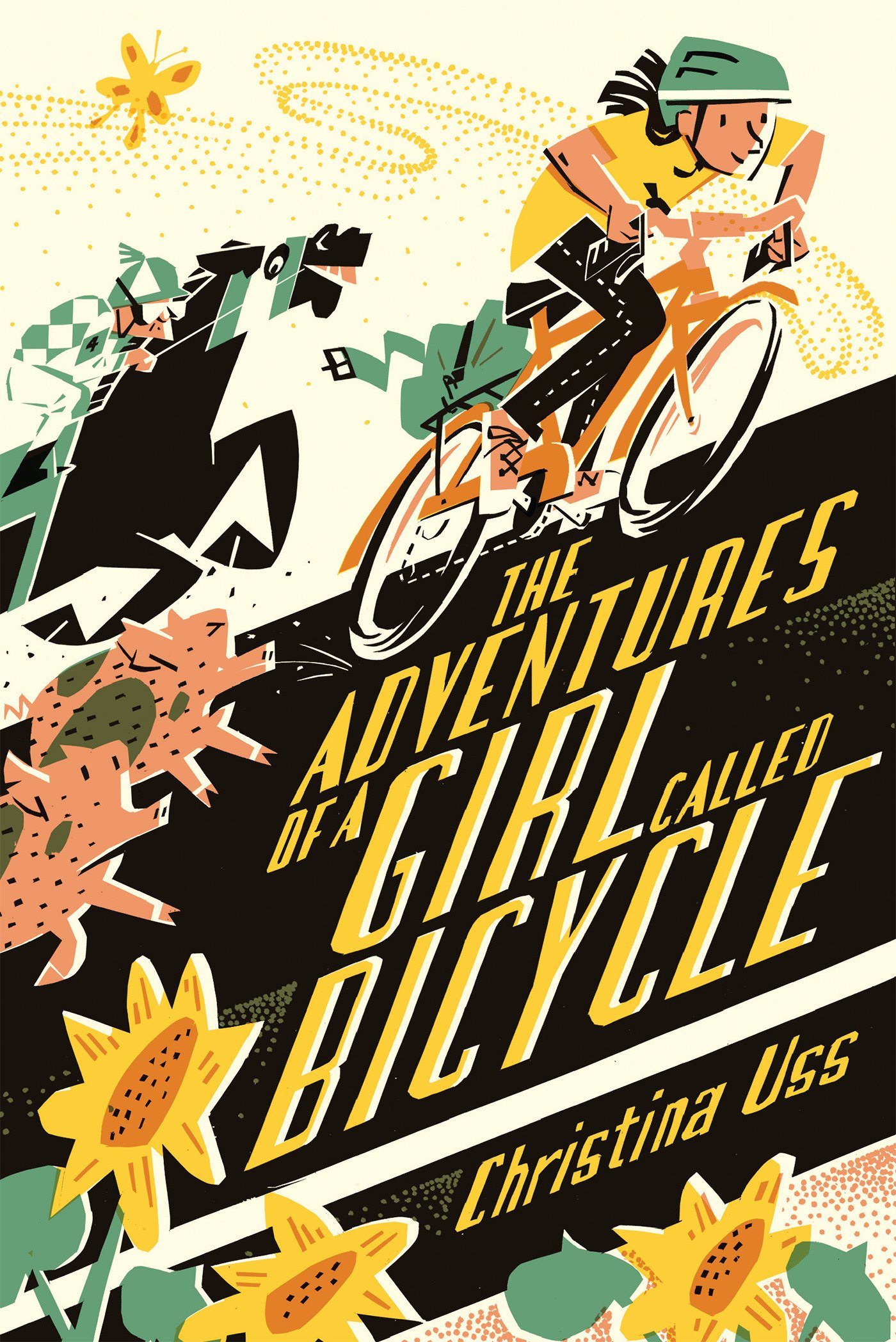







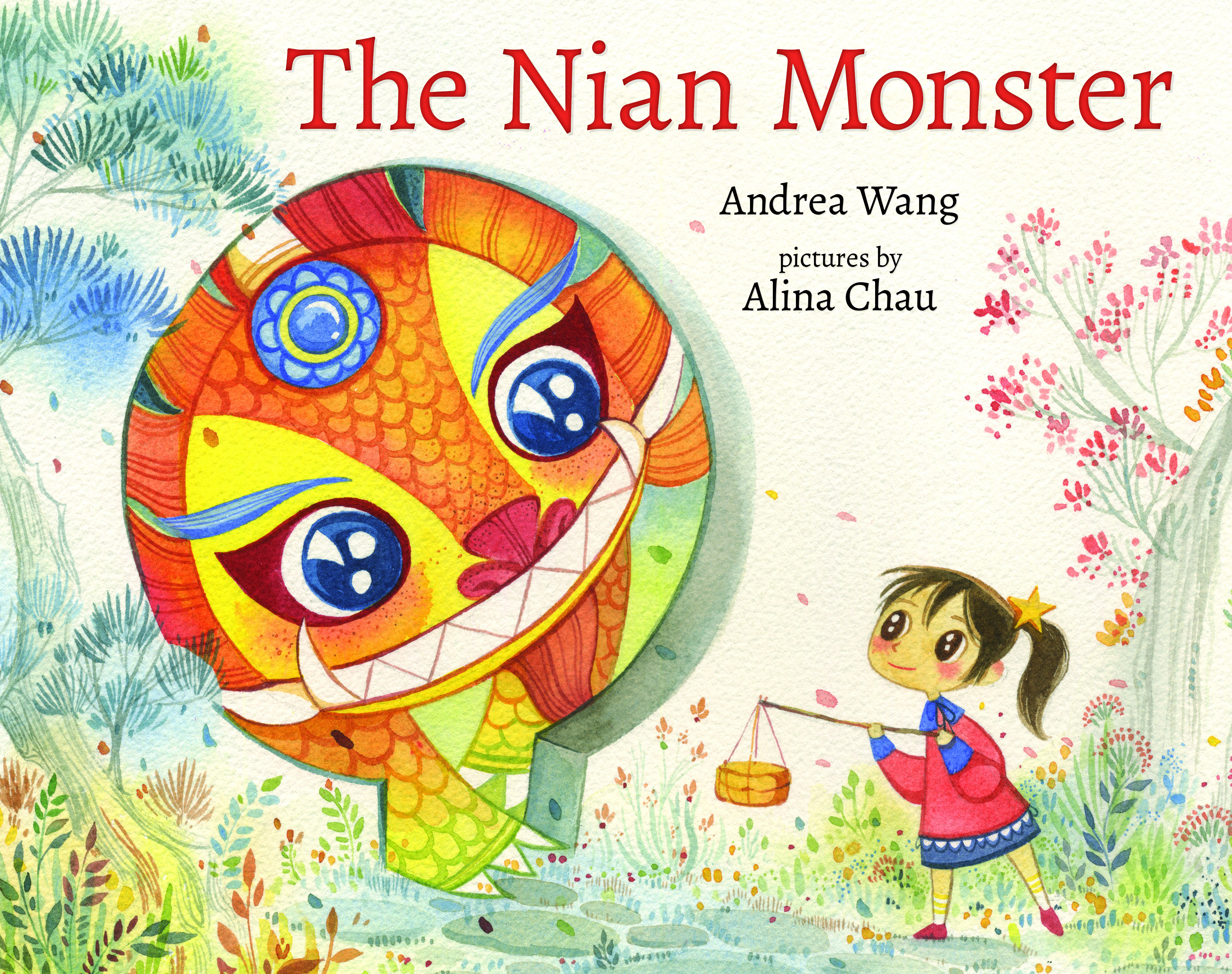
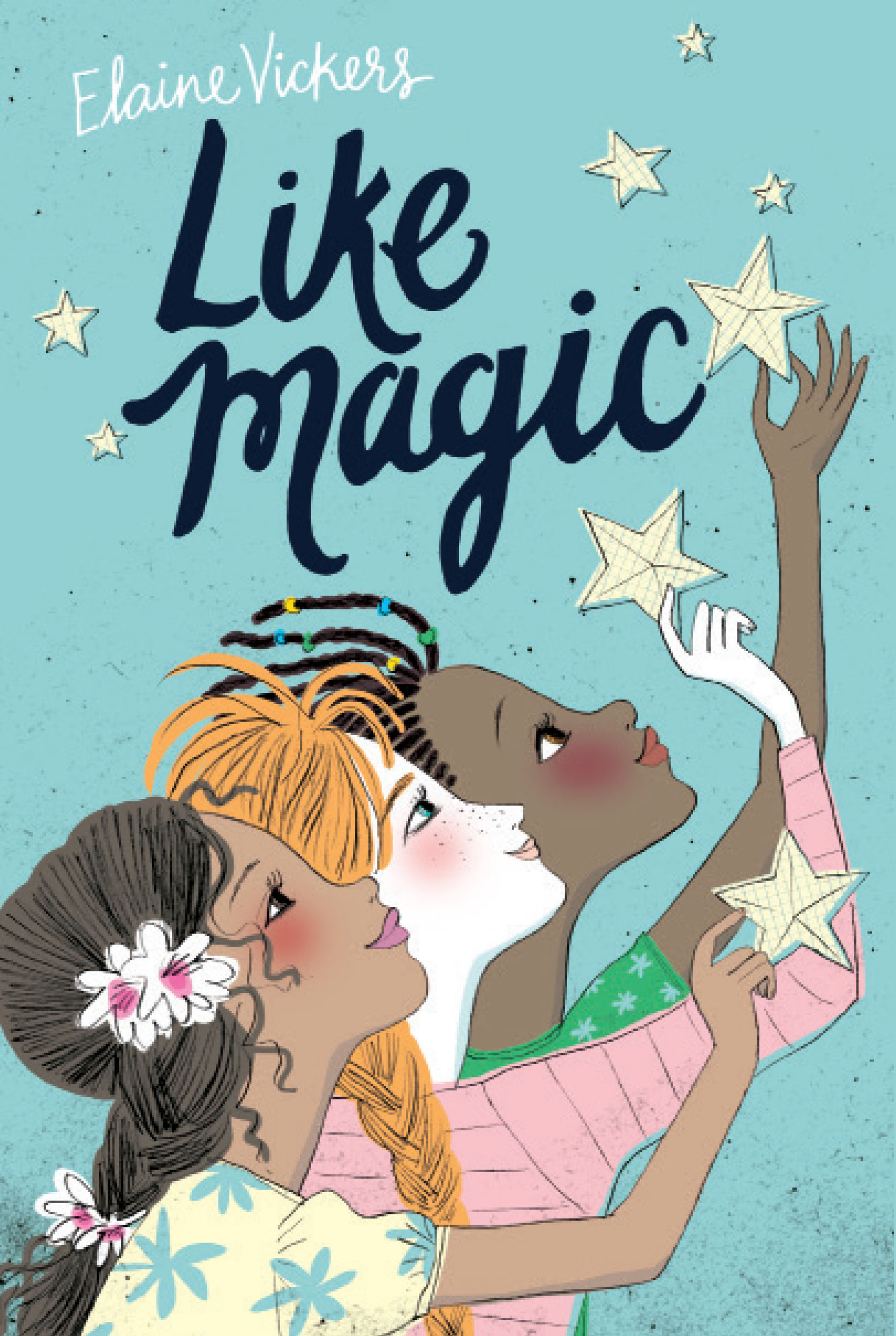
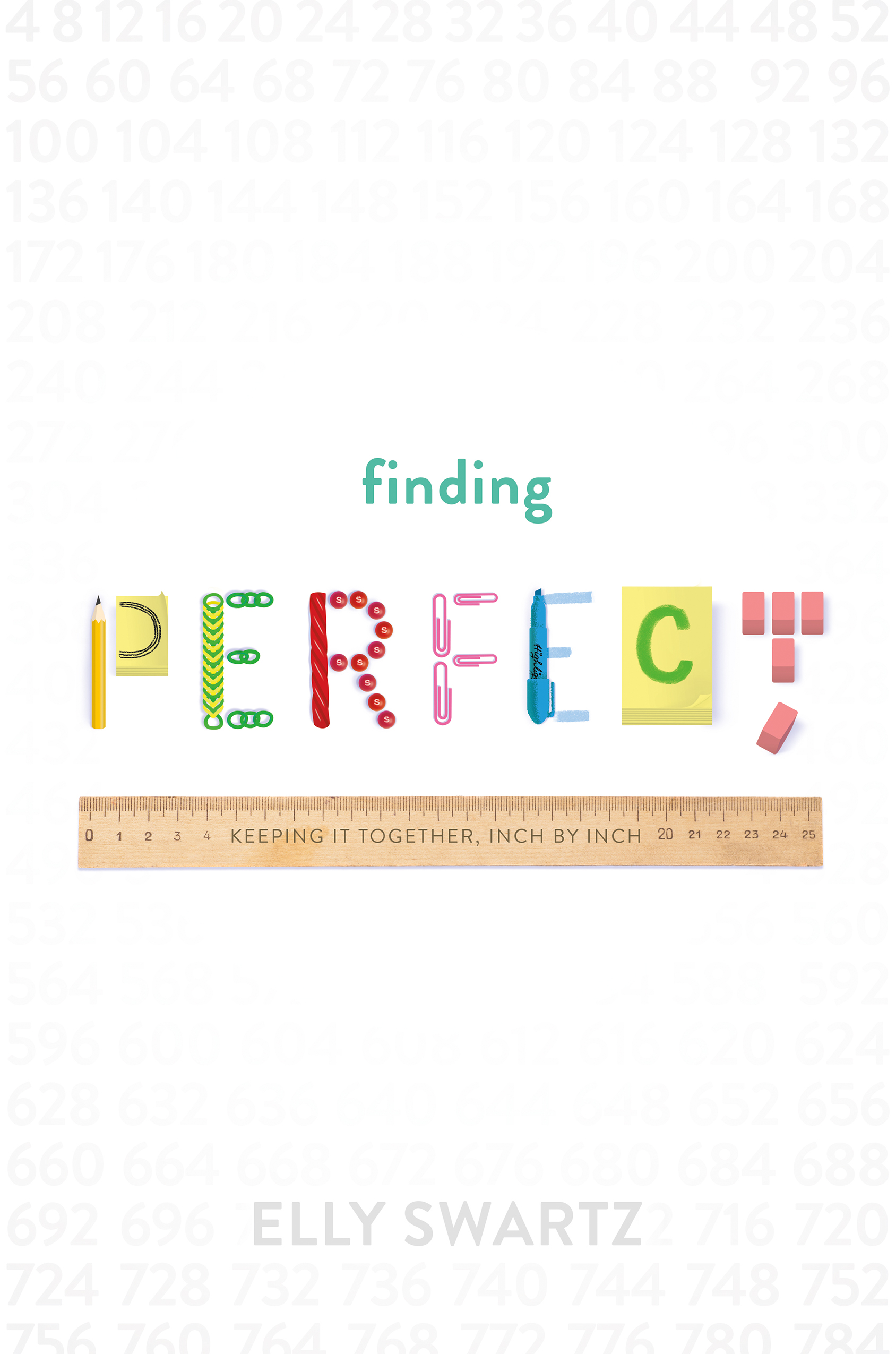
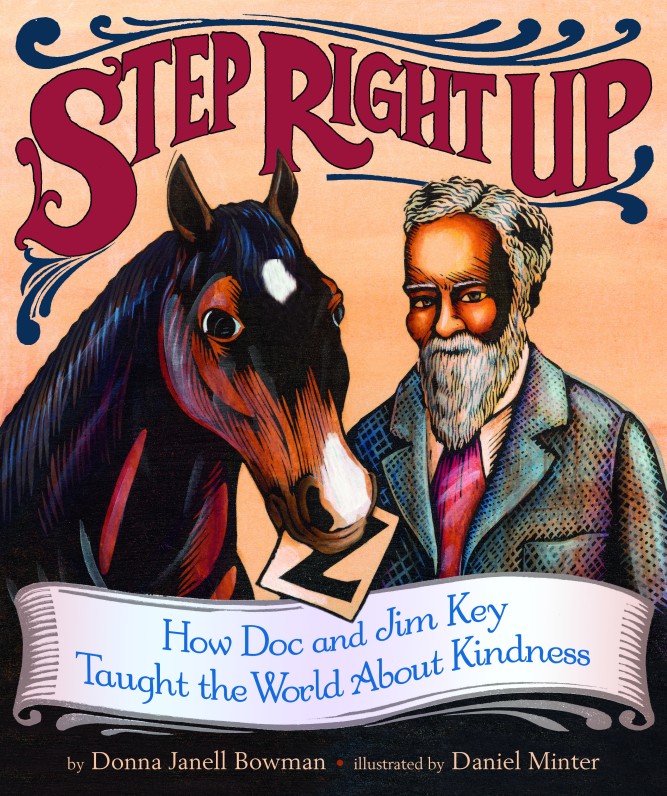
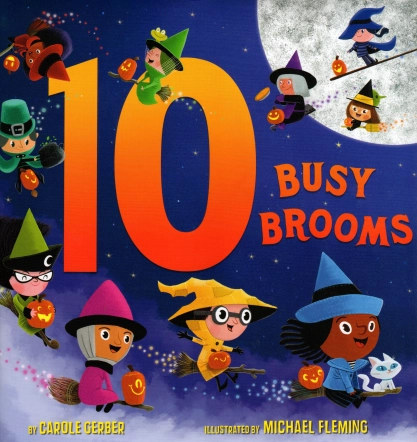

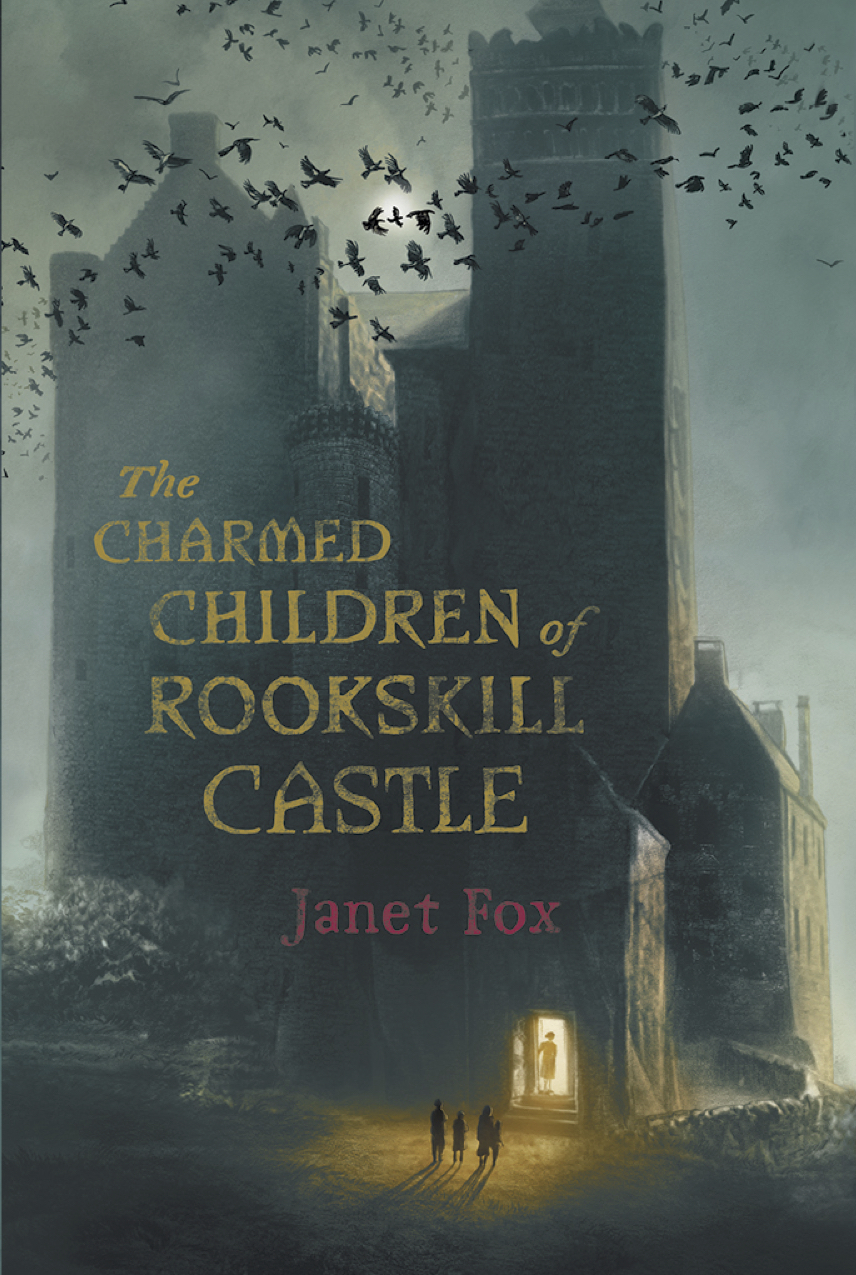
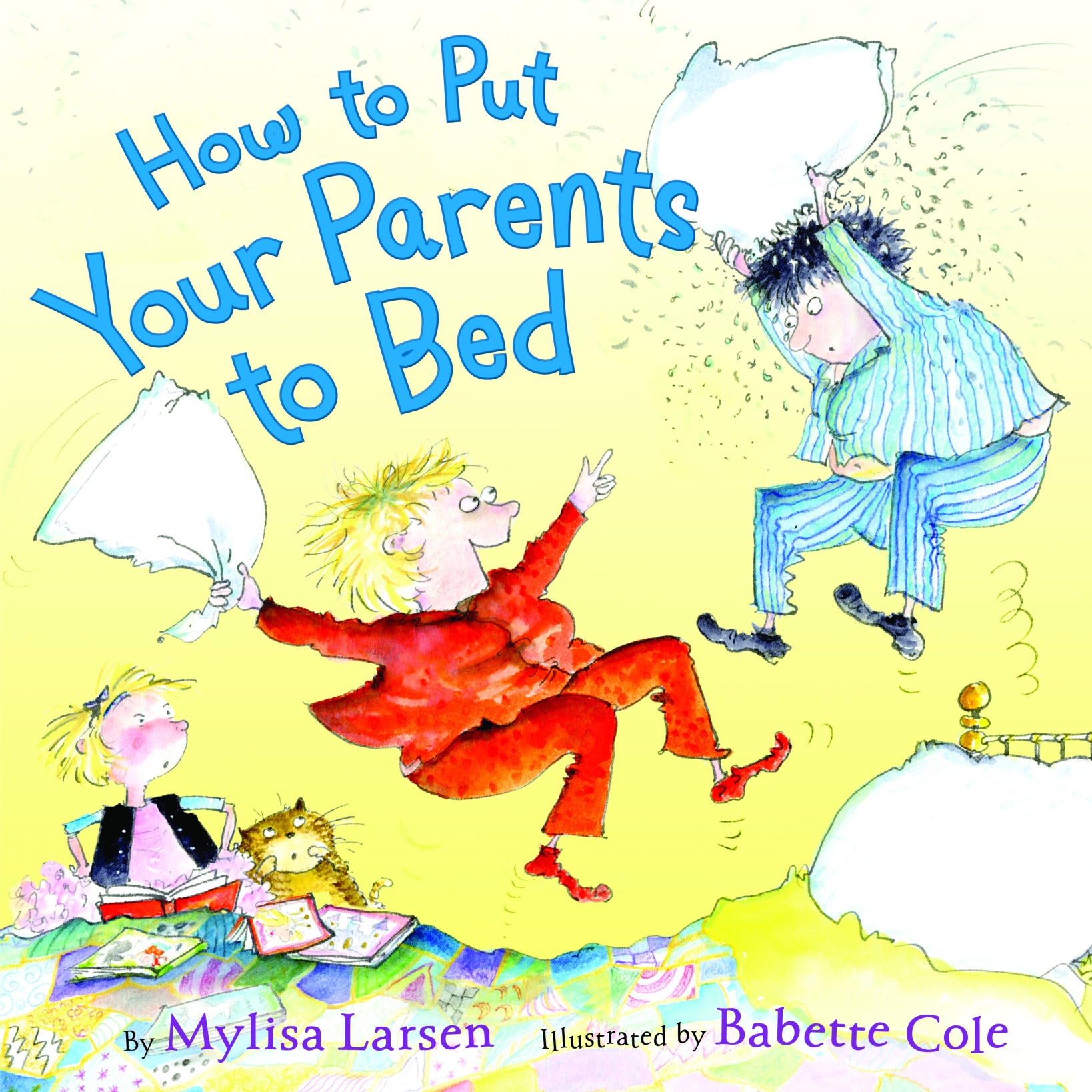



Hang on to your gibbets. I like that (when typing this in, it first autocorrected to giblets, which is kinda important, too, I suppose)
LikeLike
One should always hang on to one’s giblets! 🙂
LikeLike
Adi! I’ve been thinking of writing a post like this, too, comparing the playwriting and fiction-writing processes, but you have beaten me to it (and in the most elegant and hilarious manner, of course). I have to say that sometimes I miss all those other opinions taking away a bit of the pressure and responsibility for the production. But then again, when I was writing and producing my plays, all I wanted then was to have more control… 🙂
LikeLike
I feel the same way. Plays are just so darned exciting. And it’s kinda fun sharing the back pats (and the blame). I’d love to hear your take on making the transition.
LikeLike
We will meet one day, and talk more! 🙂
LikeLike
Great post, Adi, and so true. Thanks for teaching me what a gibbet is–great word! My internal auto-correct kept changing it to giblets, too. 😉
LikeLike
Auto-correct obviously hasn’t seen enough pirate movies!
LikeLike
Pingback: Trimming the Fat | EMU's Debuts